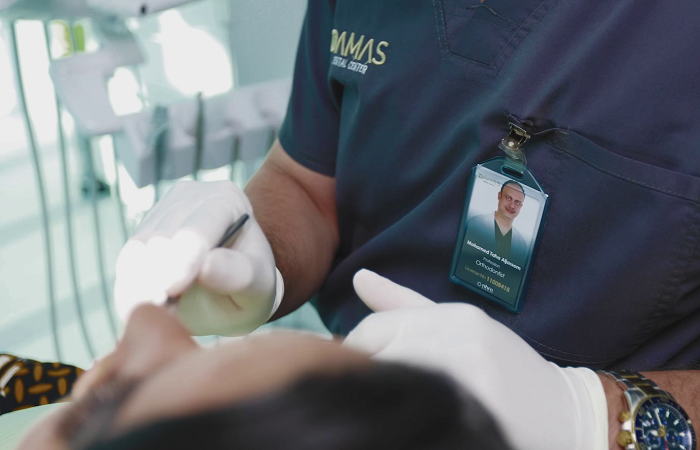What Exactly Is
Gum Treatment Procedures?
Gum treatment procedures, also known as periodontal treatment, aim to address gum disease and restore gum health. The specific procedures involved may vary depending on the severity and stage of gum disease, but here is an overview of common gum treatment procedures:
1. Scaling and Root Planning (Deep Cleaning):
This is typically the initial step in gum treatment. It involves the thorough removal of plaque and tartar from above and below the gumline. The dentist or dental hygienist will use special tools to scale the tooth surfaces, removing the buildup of bacteria and calculus. Root planing is performed to smoothen the root surfaces, removing rough areas where bacteria can easily accumulate. This procedure helps eliminate infection, reduce inflammation, and promote gum healing.
2. Antibiotic Therapy:
In some cases, antibiotics may be prescribed as an adjunct to scaling and root planing. Antibiotics can be taken orally or applied topically to the gums. They help to control bacterial infection and reduce inflammation. The use of antibiotics may be recommended for a specific period to aid in the healing process and prevent further gum disease progression.
3. Surgical Intervention:
In advanced cases of gum disease where non-surgical treatments are not sufficient, surgical procedures may be required. Some common surgical gum treatments include:
Flap Surgery (Pocket Reduction Surgery): The gums are lifted back, and the tartar is removed from the deep pockets that have formed. The gum tissue is then repositioned to reduce the pocket depth and promote gum attachment to the teeth.
Bone Grafting: This procedure involves the placement of bone or bone-like materials in areas where bone loss has occurred due to gum disease. It helps to regenerate and restore the bone structure that supports the teeth.
Soft Tissue Grafting: In cases where the gum tissue has receded, soft tissue grafts may be performed. This involves taking gum tissue from another area of the mouth (usually the palate) and attaching it to the affected site to cover exposed tooth roots and improve gum aesthetics.
Guided Tissue Regeneration: This technique involves the placement of a membrane or barrier between the gum tissue and the tooth root to prevent unwanted tissue growth and allow the regrowth of bone and connective tissue.
5. Ongoing Maintenance and Oral Care: After gum treatment, regular maintenance visits are crucial to monitor gum health and prevent the recurrence or progression of gum disease. These visits may include professional cleanings, evaluation of gum pockets, and reinforcement of oral hygiene practices. Maintaining good oral hygiene at home, including regular brushing, flossing, and using antimicrobial mouth rinses, is essential for ongoing gum health.


It’s important to note that the specific gum treatment procedures recommended for an individual will depend on the severity of gum disease and the specific needs of the patient. Consulting with a dentist or periodontist is essential to evaluate the condition of your gums and develop a personalized treatment plan. They will guide you through the recommended procedures and provide ongoing care to help restore and maintain your gum health.
It’s important to note that the specific procedures involved in orthodontic treatment may vary depending on the individual case and the chosen treatment approach. Your orthodontist will guide you through each step of the process and provide personalized care to help you achieve a healthy, aligned smile.




